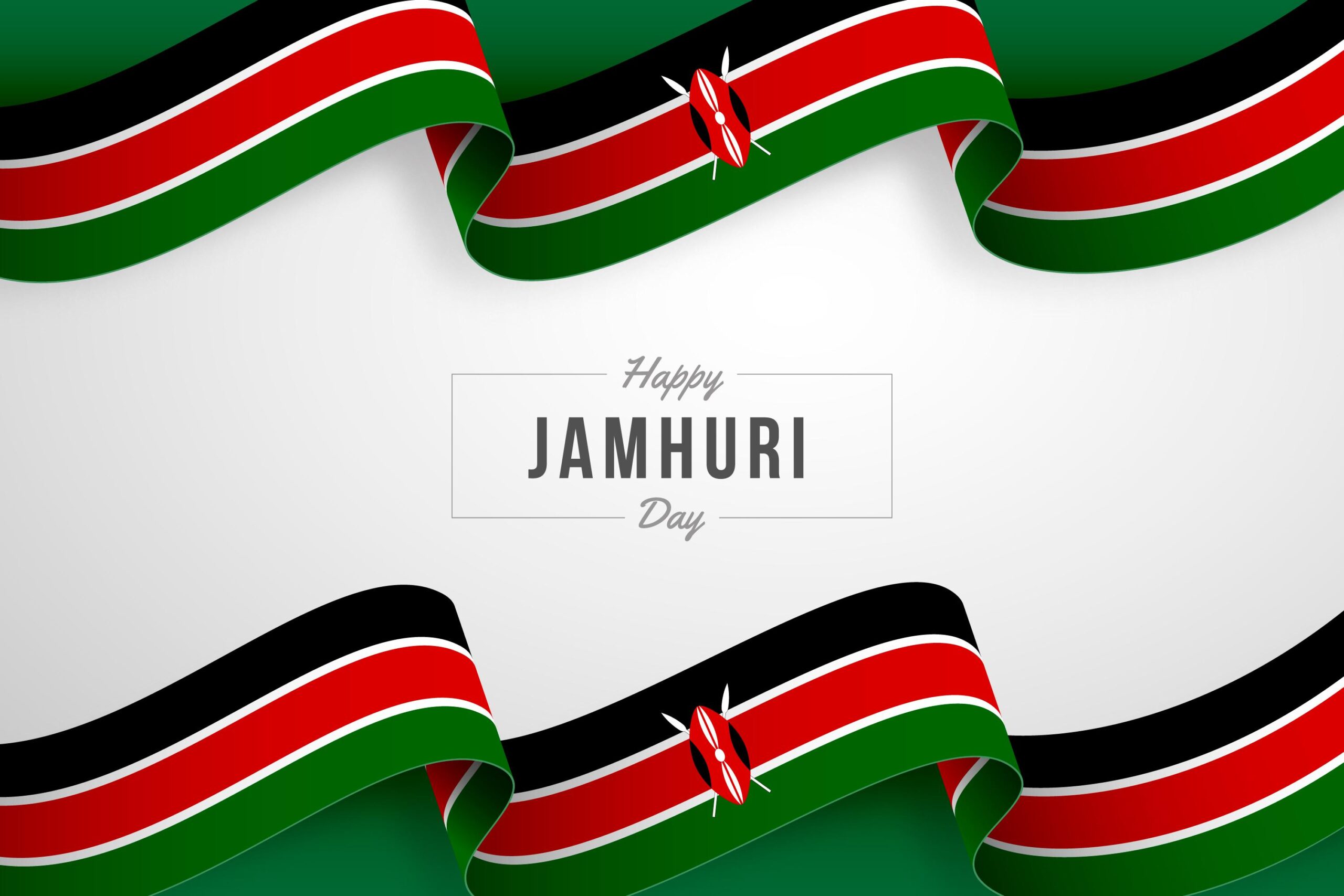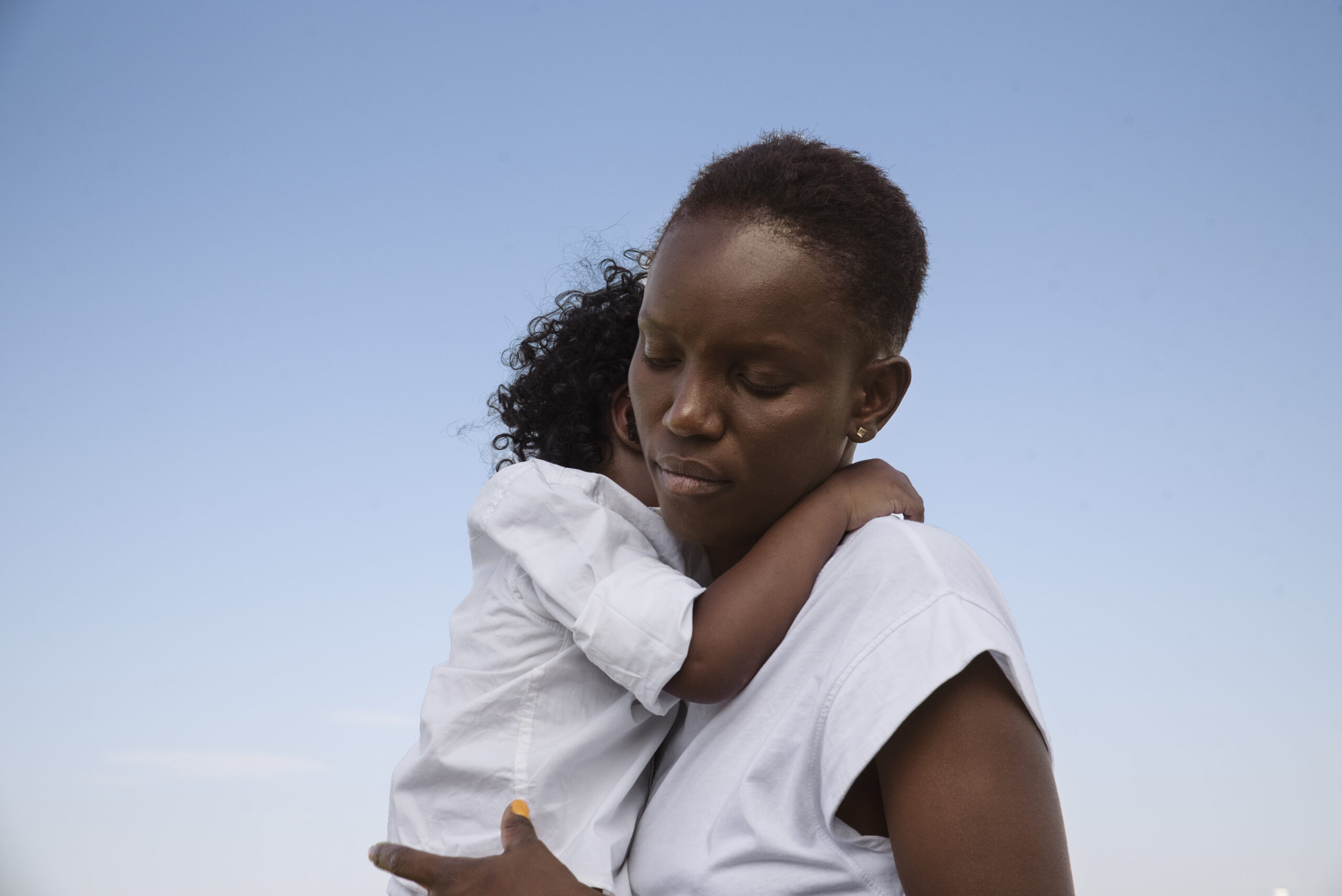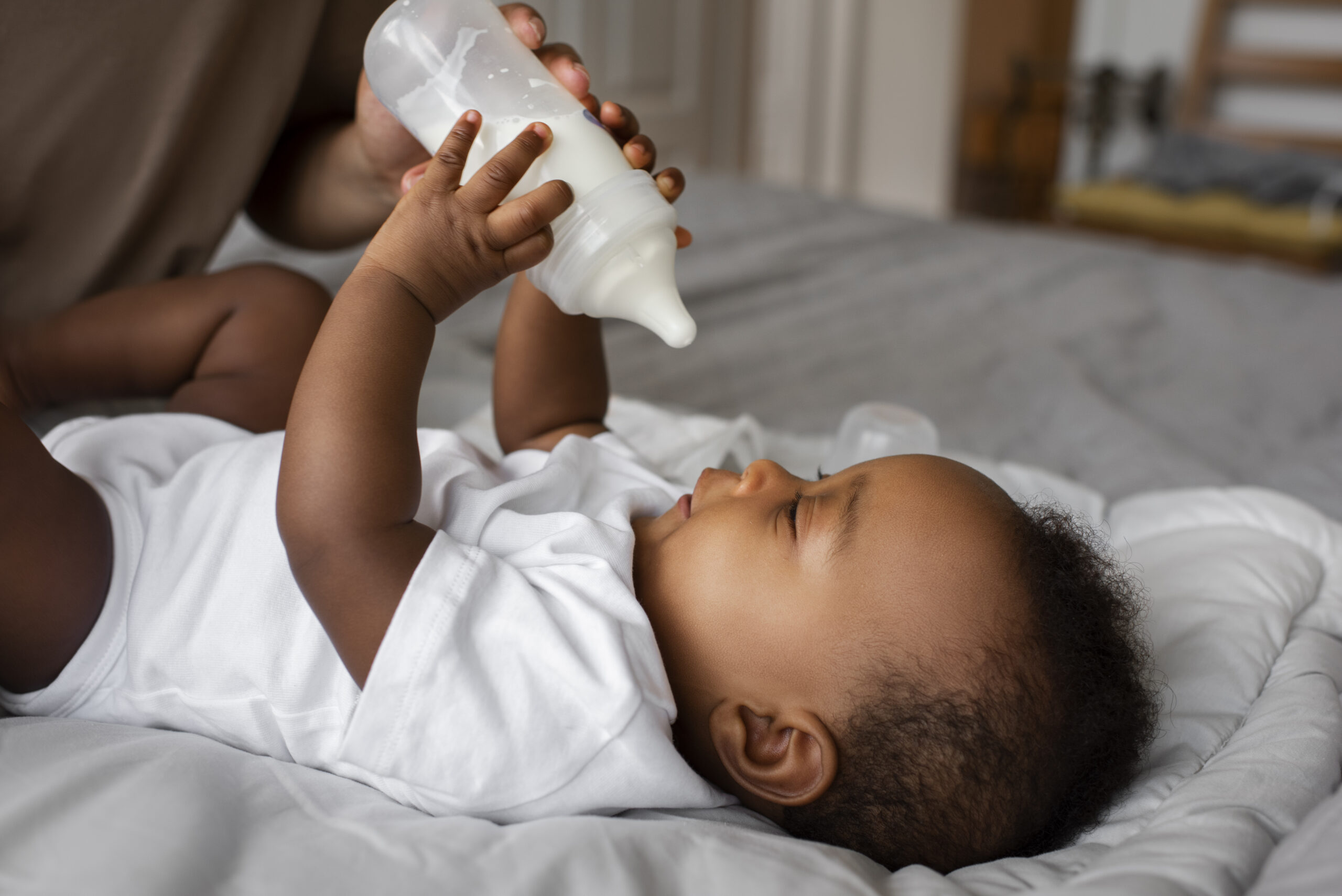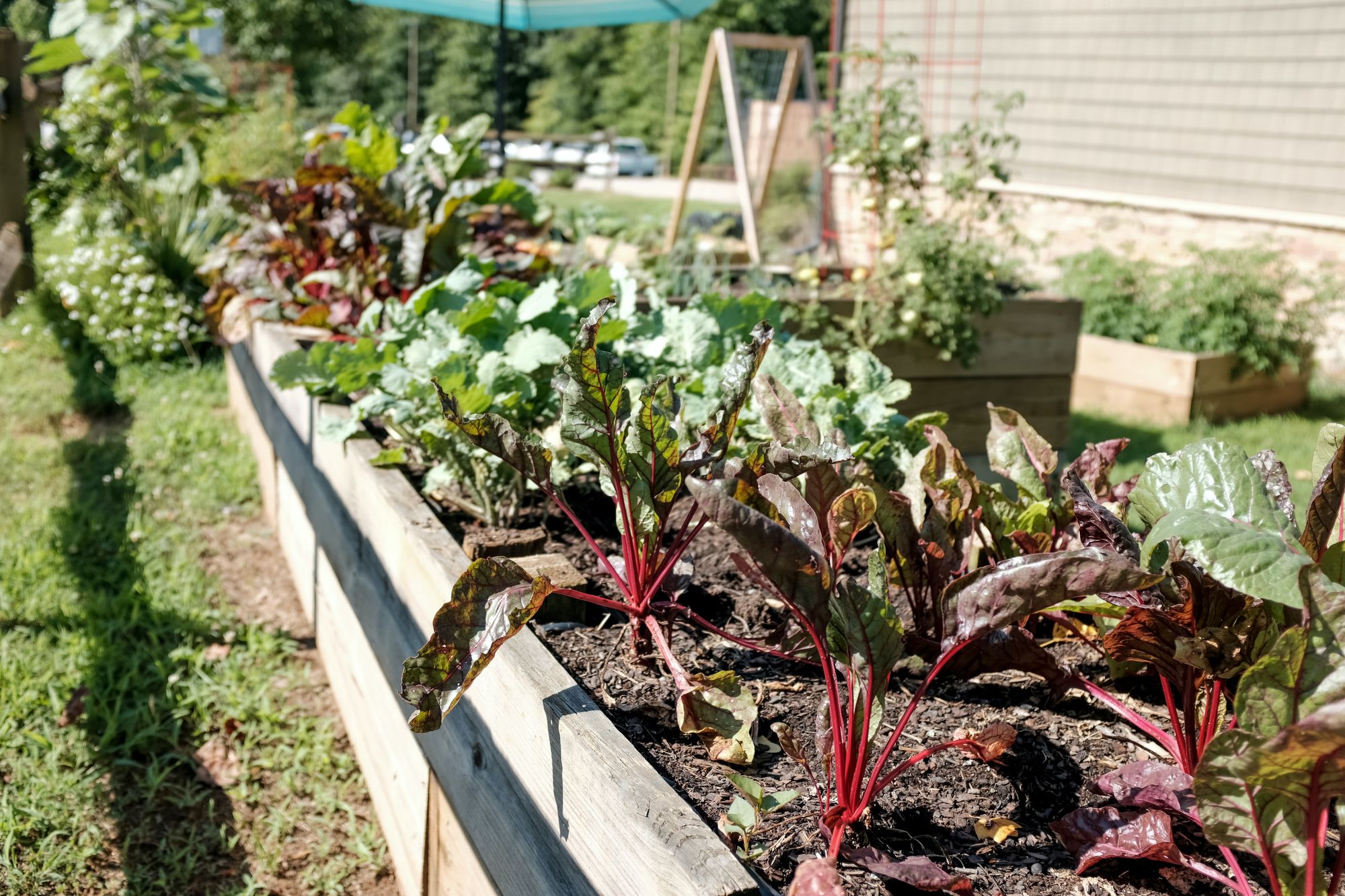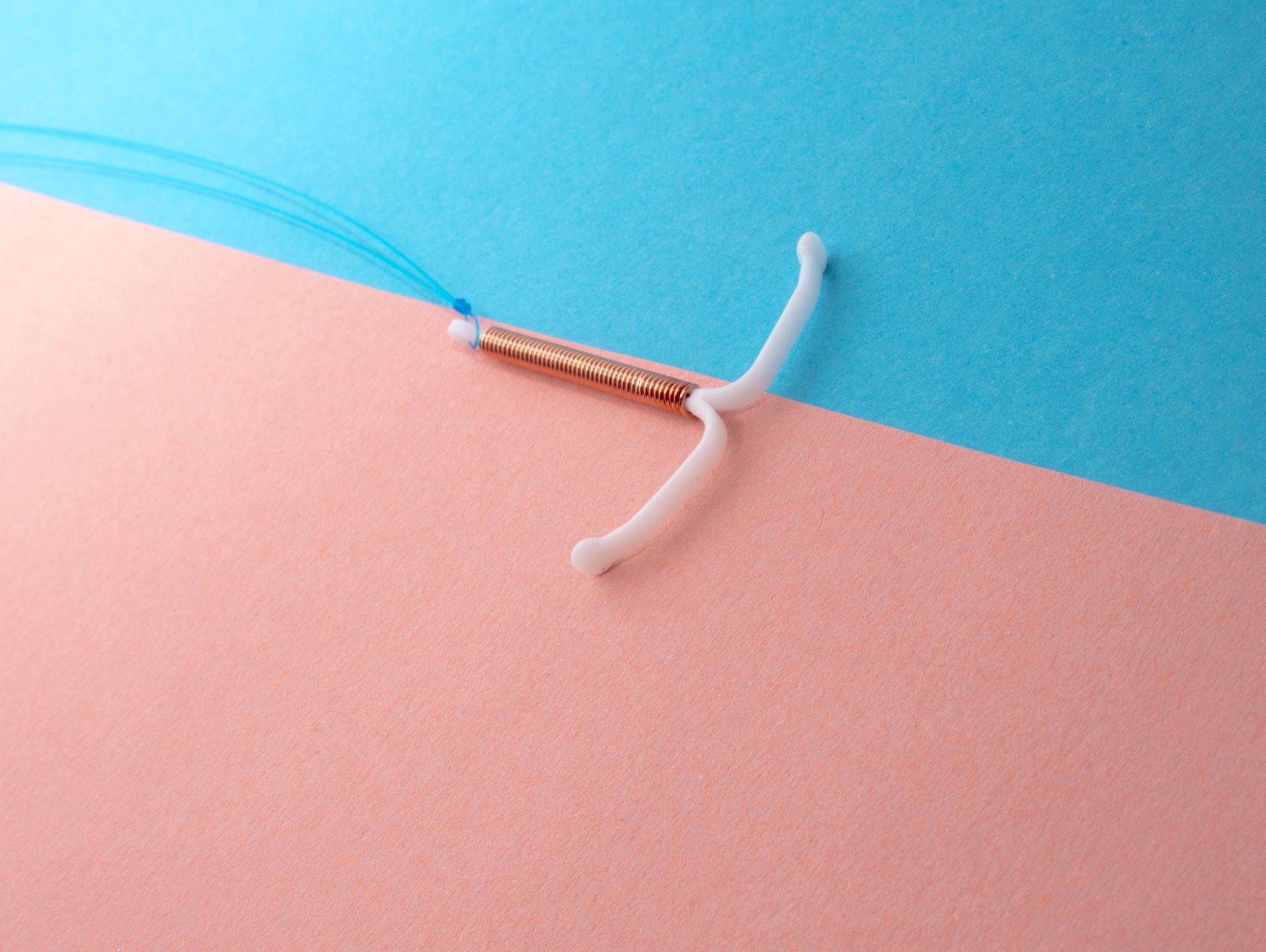6 Postpartum Fitness Hacks for New Mums
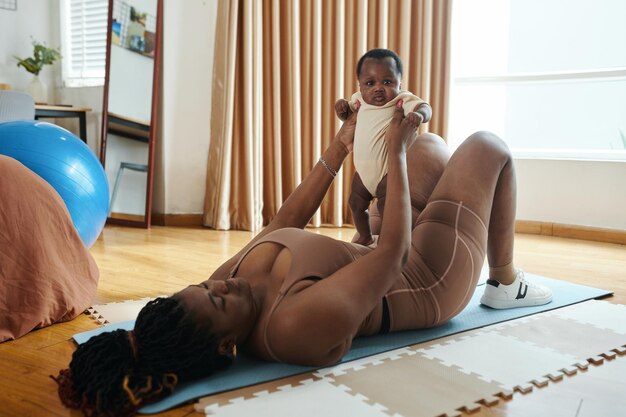
Postpartum exercise might feel challenging as your body is healing and your newborn needs you. Engaging in regular physical activity offers numerous health benefits such as weight loss, increased energy levels and stronger abdominal muscles.
The recommended timeframe for reintroducing exercise after childbirth is different for everyone. It depends on blood loss, perineal trauma and complications resulting from pregnancy.
This guide provides a structured approach to getting back into fitness safely and effectively:
Start slow

You should start small and gradually increase intensity as you get stronger. You should also avoid activities that put a lot of stress on your abdominal muscles and hip joints. Aim for at least 150 minutes of moderate-intensity exercise per week. Strength training, including yoga or pilates, helps rebuild core strength and improve posture.
Prioritise pelvic floor health
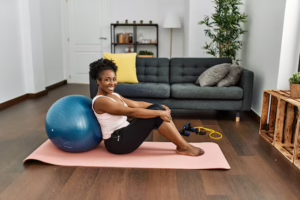
Kegel exercises are important for postpartum recovery. These simple pelvic floor contractions strengthen the muscles that support your bladder and uterus thus aiding in healing and preventing incontinence. Low-impact exercises like walking and swimming can be gentle on your joints and pelvic floor.
Strength training

Don’t underestimate the power of bodyweight exercises. Squats, lunges and sit-ups all help rebuild strength and improve core stability which is essential for carrying your baby and navigating daily tasks. As you progress, consider incorporating light weights or resistance bands for an extra challenge.
Utilise micro-workouts
![]()
Incorporating short bursts of exercise into your day can be highly effective. Aim for 5-10 minute sessions of focused activity. These can include brisk walks, body-weight exercises such as lunges or simple yoga stretches. These short intervals are easier to fit into your schedule and can still provide significant benefits.
Prioritise rest and nutrition

Balance exercise with adequate rest and proper nutrition. Your body needs time to recover and rebuild strength, so avoid overdoing it. Eating a balanced diet and staying hydrated will support your energy levels and overall well-being.
Embrace flexibility

Your postpartum schedule is unpredictable so be flexible with your exercise routine. Aim for several short sessions rather than one long workout. This approach allows you to stay active even with a busy, fluctuating schedule.
Postpartum exercise isn’t about immediately snapping back to your pre-pregnancy body. It is about promoting physical and mental well-being. Here’s what you can expect:
Improved mood and reduced stress
Exercise releases endorphins, natural mood elevators. It can also help combat postpartum depression, helping new mothers feel more emotionally balanced.
Increased energy levels
Regular movement helps new mothers feel more energetic and capable of handling the demands of caring for a newborn.
Physical recovery
Postpartum exercise helps speed up physical recovery by improving circulation, reducing swelling, and strengthening muscles that had weakened during pregnancy.
Always consult your doctor before starting any postnatal exercise. They will advise you on a safe timeline for exercise based on your delivery experience.
Remember, getting back into shape takes time. Focus on how exercise makes you feel – stronger, more energised, and ready to tackle motherhood with confidence. A fit and healthy mom is a happy mom and that not only benefits you, but your precious little one as well.


